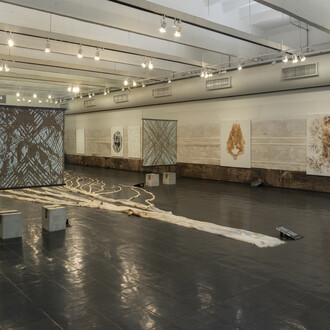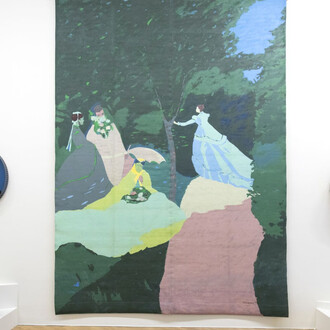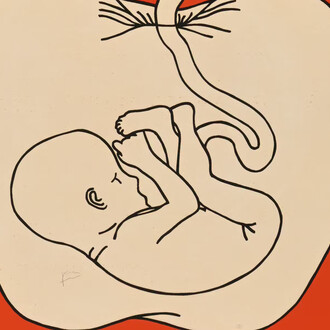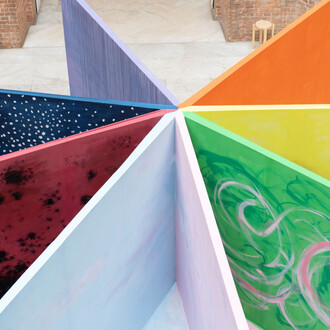Curated by Adriano Pedrosa, Artistic Director, MASP, and Fernando Oliva, curator at MASP, the selection covers almost the entire career of the French artist. Among the paintings is the famous Pink and Blue – The Cahen d’Anvers Girls (1881), which depicts Elisabeth and Alice, daughters of the banker Louis Cahen d'Anvers (1837-1922), a family that belonged to the Jewish community of the nineteenth century. Alice lived to the age of 89 and died in Nice in 1965. Elisabeth’s fate was tragic. During the exhibition of MASP works at Fondation Pierre Gianadda in Switzerland in 1987, her nephew Jean de Monbrison wrote to the museum that Elisabeth had been sent to Auschwitz during the Second World War and died on the way to the concentration camp at the age of 69.
The period known as Renoir's “late work” – influenced by his trip to Italy in 1881, which brought him into contact with Renaissance masters such as Raphael and Titian – is characterized by paintings in pastel tones, without firm outlines, and overlapping pure colors. These characteristics can be seen in Bather Drying Her Right Leg (c. 1910) and Bather Drying Her Right Arm (Large Sitting Nude) (1912). The theme of the bather, which Renoir had explored from the beginning of his career – as in Bather and a Griffon Dog (1870) – became central to his oeuvre until his death in 1917.
In addition to the paintings, the exhibition includes Venus Victrix (1916), a sculpture created while the artist was suffering from severe rheumatoid arthritis. Due to the limitations imposed by the disease, the work was created with the help of the young artist Richard Guino (1890-1973). The work dialogues with The Judgement of Paris, which Renoir had painted a few years earlier and which was inspired by the episode of the “apple of discord” from Greek mythology.
Renoir’s works were acquired by the museum during the so-called period of major acquisitions, when, in the late 1940s and early 1950s, Pietro Maria Bardi (1900-1990), the founding director of MASP, added works by artists from the European canon, mostly Italian and French, creating the most important collection of European art in the southern hemisphere. The Renoir collection represents the largest number of works by a single artist among the European paintings in the institution's collection.
Dialoging with the crystal easels
Renoir’s paintings are presented on individual supports made of reflective metal sheets with a design that includes a curved cutout at one end. Designed by architect Juliana Godoy, these structures were meant to dialogue with Lina Bo Bardi’s crystal easels and the history of MASP.
The concrete blocks of the original easels, reminiscent of modernism, are replaced in this exhibition by a base with two support legs, one of which is made of foam. The choice of this flexible material suggests a reference to the contemporary moment.
The exhibition design also uses as a reference the locks developed by the museum to fix the works to the glass easels and maintains the proposal to present the captions on the back of the canvases, inviting the visitor to wander around the space.
Renoir, geometries, Arts from Africa, Histories of MASP and Isaac Julien: Lina Bo Bardi – A marvellous entanglement are part of Five essays on MASP, a series of exhibitions based on the museum’s collection to inaugurate the new Pietro Maria Bardi Building.
















